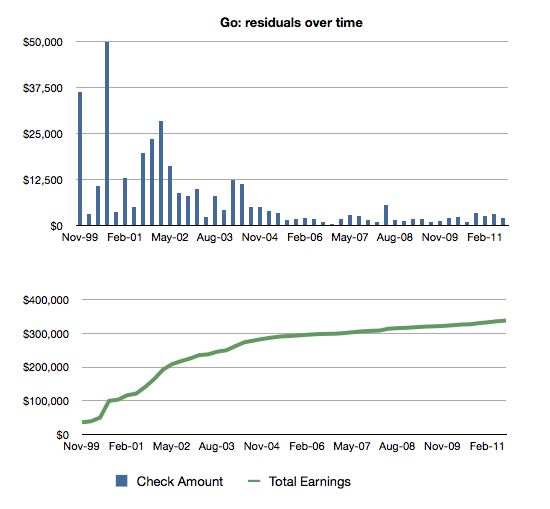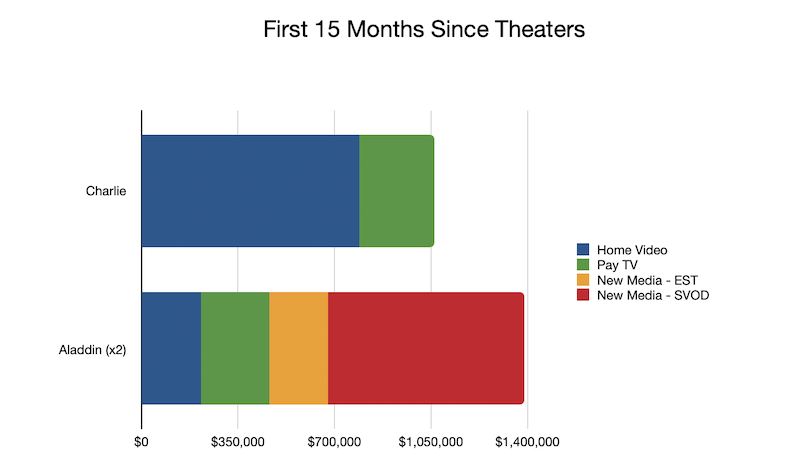*Since the early days of the site, I occasionally run posts by writers who can share their experience working in the industry. In this case, Paige wrote in to Scriptnotes with her take on screenplay contests.*
—
My name is Paige Feldman. I was a guest/contestant on a [Scriptnotes live show](https://www.youtube.com/watch?v=GRV5O0ZSNc0) about a year ago (the one with Ryan Reynolds and Phoebe Waller-Bridge). That’s still one of my best quarantine memories.
I’m writing because contest season is fast approaching. Nicholl, AFF and Final Draft all have deadlines in May. While I know most aspiring screenwriters will be champing at the bit to apply, I wanted to share something I discovered about the cost of entering contests like these: it’s a lot of money for little upside.
Like many not-yet-full-time screenwriters, I have entered multiple contests, hoping for placement or notice that might help me push to the next level. And, like many not-yet-full-time screenwriters, I have received glowing comments from readers — and no momentum.
In June 2020, I embarked on an experiment. For four months, I kept track of every screenwriting contest I was advertised (either through email, targeted ads, or coming across them organically on social media). And for every contest that I could enter without doing more work (e.g. I had a completed script I could ostensibly enter), I would take the cost of the entry fee and put it in my savings.
Over the course of four months, from June to October — so not even “contest season” — I saved $1424.
That is from individual contest entry fees alone. This does not count paying extra for coverage. It is not the early entry fee plus the regular entry fee plus the late entry fee. It’s one entry fee per contest. Extrapolated to a full year, that would mean spending nearly $4500 on contests.
I already knew screenwriting competitions were an industry, but the amount is just shocking to me. What even is this screenwriting contest industrial complex? And *why* is it? And how many people is it actually helping?
At the end of my experiment, I didn’t have answers to those questions, but I did have an extra almost-$1500 lying around thanks to my savings scheme. I decided to use it to further my career in a way a contest could never do.
I took one of my already-written pilots and adapted it for audio. Then, I hired actors and recorded it remotely over Zoom (modeled after how you, John, had me send you audio recorded on my computer for that show last year). I hired a composer to write original music, an artist to design a logo, and used YouTube to teach myself how to edit and process audio. And now I have an audio pilot up across podcasting platforms. Plus, it was such a fun experience that I wrote the remaining nine episodes of season 1 and we’re starting to record them this weekend!
Now, instead of a bunch of contest rejections, I have an actual product that I can share with people: [How to Fall in Love in the Hard Way](https://www.buzzsprout.com/1510291)
I wanted to write to you about this because I feel like the rhetoric that contests are the best way for unknown writers to break in continues to grow (especially on Twitter). I think it’s important to point out how much of an industry screenwriting competitions are becoming, how they help very few writers who invest that cash into them, and that there are other ways of becoming a working writer than winning a contest.
In my case, I met a director who hired me to write a script via someone I met in an acting class I accidentally took five years ago. That ended up being a better use of my money.
This isn’t a slam on all screenwriting competitions or the writers who’ve found some success through them. But for most aspiring screenwriters, I believe there are better ways to spend your time and money.

